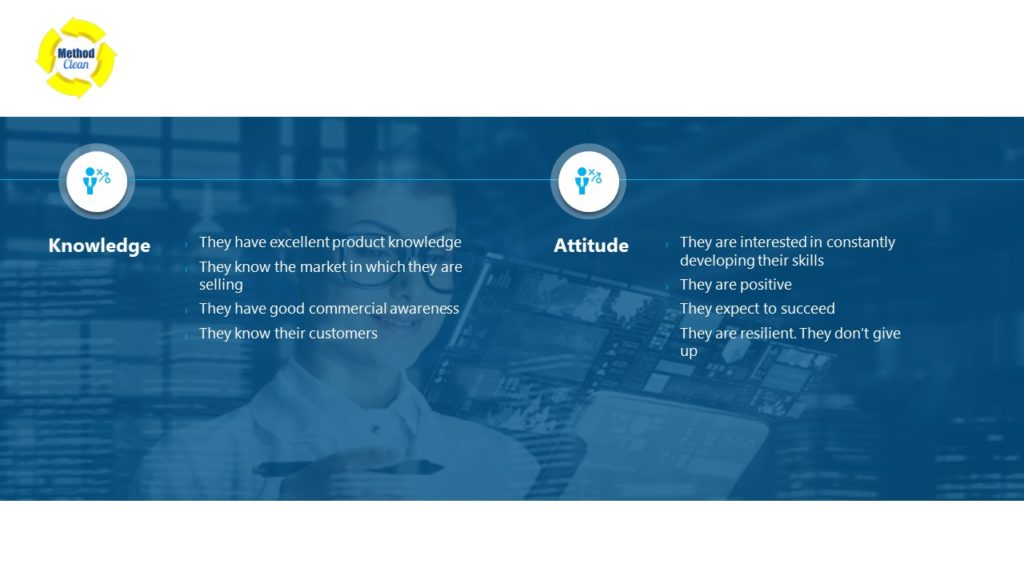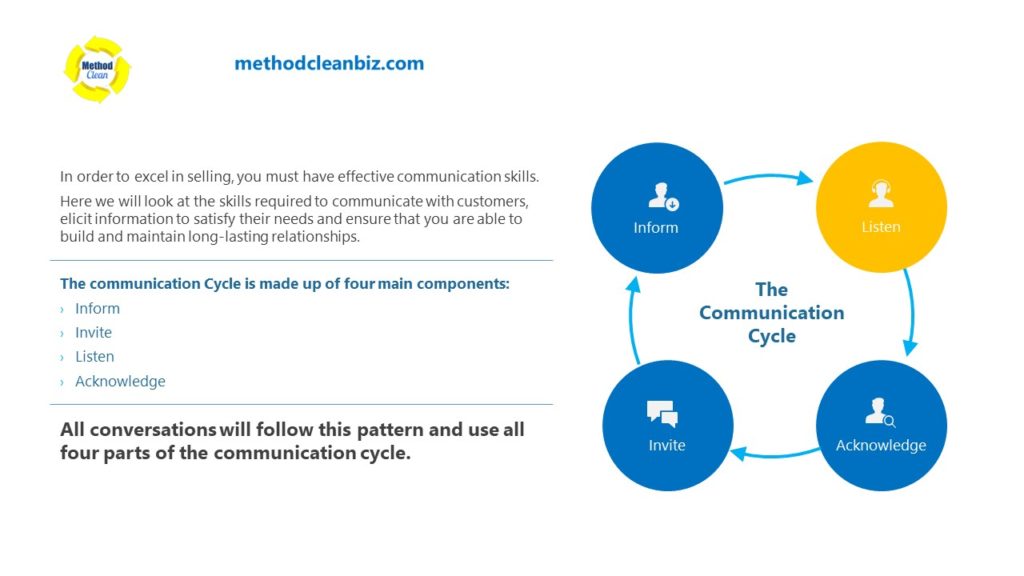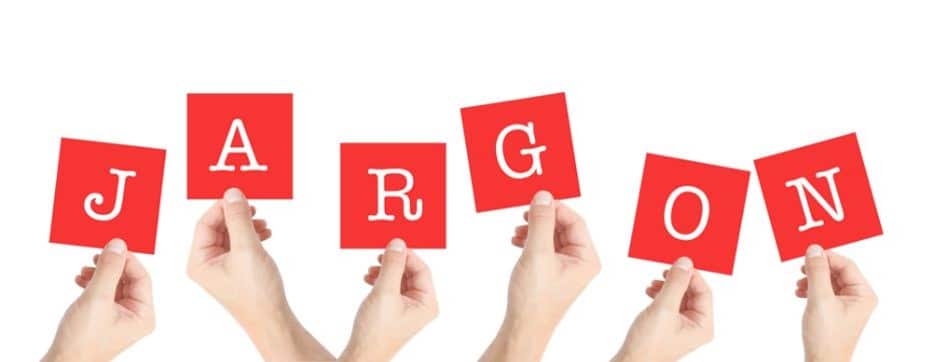Effective Cold Calling Techniques for Cleaning Services
Welcome to our blog post on how cleaning services can optimize their cold calling techniques to generate more leads and close more sales.
Over the years, the approach to acquiring commercial cleaning accounts, janitorial contracts, and commercial carpet cleaning jobs has evolved significantly. In the past, the focus was primarily on sales training, with marketing taking a back seat.
However, in 2023, the landscape has changed, and marketing has become the primary topic of discussion for cleaning services. The emphasis is on generating more leads and finding high-quality prospects. While increasing the volume of leads can be effective, a better approach is to focus on closing more sales from the opportunities you already have. Even a modest increase in your closing rate can have a significant impact on your profits and profit margins.
These principles can be applied not only to traditional cold calling but also to modern digital marketing strategies such as email, social media, website pages, and SEO. The underlying concepts remain the same: building relationships, understanding customer needs, and effectively communicating the value of your services.
Understanding Customer Needs: The Key to Successful Sales
The first step in optimizing your cold calling techniques is to understand the importance of building relationships and connecting with people.
While sales training often focuses on overcoming objections and closing deals, we believe that investing more time and resources at the top of the sales funnel can make objection handling and closing much easier.
The top of the sales funnel involves activities like building your brand through social media, email marketing, and direct mail, so that people recognize and trust your company. It also involves building personal relationships with potential customers and establishing yourself as an expert in the cleaning industry.
People are more likely to buy from those they like, respect, and trust.
Basic Skills and Attitudes
To optimize your cold calling efforts, it’s important to develop and demonstrate certain skills and attitudes:
- Be well-organized and goal-oriented: Clearly define your goals and develop effective sales plans to achieve them.
- Plan and prepare effectively: Allocate time to plan and prepare for your sales calls, ensuring you have the necessary information and resources.
- Understand the buying and selling processes: Gain a deep understanding of how customers make purchasing decisions and align your sales approach accordingly.
- Manage your time efficiently: Maximize the time you spend in selling situations by effectively managing your schedule.
- Generate referrals: Build a network of satisfied customers who can refer you to potential leads.
- Adapt and adjust your sales plans: Be flexible and ready to modify your strategies as circumstances change.
- Establish rapport with decision makers: Learn how to connect with customers on a personal level and create a positive first impression.
- Listen actively: Practice active listening, allowing customers to express their needs and concerns without interruption.
- Show genuine interest in customer needs: Ask questions and listen effectively to understand and address customer needs and problems.
- Identify customer needs: Use effective communication skills to identify and present solutions tailored to customers’ specific needs.
- Handle objections professionally: Learn how to address objections persuasively and overcome customer concerns.
- Close deals and gain commitment: Develop techniques to confidently ask for commitment and negotiate profitable deals.
- Carry out administrative tasks with accuracy: Ensure that your administrative tasks are performed to a high standard.
- Build lasting rapport beyond sales meetings: Develop relationships with customers that extend beyond the initial sale, leading to possible referrals.
Balancing Personal and Business
When interacting with customers, it’s important to establish a personal connection before discussing business. Begin the conversation on a personal level, like a verbal handshake. During the conversation, don’t hesitate to introduce non-business topics. Once the business is complete, end the conversation on a personal note.
This approach shows that you value the personal interactions with your customers as much as the quality of your services.
By consistently entering and exiting customer interactions on a personal level, you can make customers feel cared for and well-treated.
Mastering Communication Techniques for Sales Success
Effective communication is crucial for successful cold calling. In this section, we will explore the skills needed to communicate with prospects, elicit information to understand their needs, and build long-lasting relationships.
The communication cycle consists of four main components:
- inform
- invite
- listen
- acknowledge
Every conversation follows this pattern and utilizes all four parts of the cycle.
Listening To Prospects, Leads and Clients
Listening is a fundamental aspect of effective communication. It involves receiving and interpreting the messages transmitted by others during the communication process.
Active listening allows for a higher level of accuracy in understanding what people are telling us. The better we are at listening, the more effectively we can respond to the received communication.
Common Bottlenecks to Good Listening Sales Skills
There are several barriers that can hinder effective listening skills in a sales context. Being aware of these barriers can help you overcome them:
- Thinking that you have something better to say: Avoid focusing too much on waiting for a pause in the conversation to interject your own viewpoint. Instead, give your full attention to the speaker.
- Feeling like you’ve heard it all before: Even if you’ve encountered similar problems or objections in the past, try to listen attentively to each individual customer to understand their perspective.
- Preoccupied with what comes next: Avoid getting caught up in thinking about your next question or response, as it may cause you to miss important information.
- Lack of interest: Even if a subject doesn’t personally interest you, it’s important to show genuine interest and listen attentively, as it holds importance to the speaker.

Examples of Good Listening Skills For Cleaning Services
To enhance your listening skills, consider implementing the following practices:
- Questioning: Use open questions to understand the content of the message and clarify any points you don’t fully grasp. Balance open questions with closed questions when appropriate.
- Encourage the prospect: Use positive affirmations like “yes” or “uh huh” to encourage prospects to share more information.
- Tolerate silence: Give the speaker time to think and respond after asking a question. Silence can be an effective tool for allowing deeper reflection.
- Take notes: Selectively take notes to capture key points during conversations. Avoid attempting to transcribe everything, as it may distract from active listening.
Acklowledge While Clients Are Talking
When engaging with clients, it’s important to acknowledge their speech, whether verbally or non-verbally. Here are various ways to respond effectively:
- Reflecting: Reflect what you hear from the client, summarizing or paraphrasing their statements.
- Bragging a little or expressing concern: Use phrases like “That’s great!” or “I’m sorry about…” to show appreciation or empathy based on the client’s statement.
- Appreciating: Express appreciation for the client’s patience or cooperation, acknowledging any accommodation they’ve made.
- Passive listening: Use minimal responses like “Yes,” “I understand,” or “I see” to show interest and attentiveness.
- Positive agreement: Show understanding and build rapport by expressing agreement with the client’s statements.
Acknowledging | Reflects what you hear | Brags a little OR Expresses a concern | ›‘That’s great!…..’ ›‘I’m sorry about.….’ |
Appreciating | Shows appreciation | Has had to make some accommodation | ›‘I appreciate your patience’ ›‘Thanks for letting me know’ ›‘Thanks for waiting’ |
Passive Listening | To show you are interested | Is talking at length | › ‘Yes.’ ‘I understand’ ›‘I see’ |
Positive Agreement | Builds rapport and shows understanding | Is talking about an outside person or event | ›‘I know what you mean’ |
Use Positive Words When Responding
The choice of words when responding to customers greatly impacts the overall impression and creates a positive environment for feedback and potential sales. Instead of focusing on what you cannot do, use positive language to convey what you can do for the customer. For example:
Positive:
- “Yes”
- “Immediately”
- “I can”
- “Definitely”
Neutral:
- “Perhaps”
- “If I can”
- “I’ll try”
Negative:
- “Unfortunately”
- “I can’t”
By emphasizing positive language and focusing on what you can deliver, you create a more favorable and confident atmosphere.
Positive | Neutral | Negative |
›Yes | ›Maybe | ›I won’t be able |
›Immediately | ›Perhaps | ›No |
›I can | ›Possibly | ›But |
›I will | ›If I can | ›I can’t |
›Definitely | ›I’ll try | ›Unfortunately |
Invite Cleaning Prospects By Asking Questions
As you progress in the communication cycle, the next stage is the invite phase. This is when effective questioning becomes crucial to understanding customer needs and identifying their problems. Use the following question types to elicit information:
Open Questions: Start questions with words like what, why, where, when, and how. These give customers the opportunity to provide detailed and expansive answers, revealing unexpected insights. Use open questions carefully, as the “why” question can sometimes make customers feel defensive if not delivered sensitively.
Tell Me More: Employ phrases like “Tell me” to encourage customers to elaborate on their thoughts. This approach adds a personal touch to your questions, fostering a deeper conversation.
Closed Questions: Use closed questions to obtain specific information or clarify a point. These questions restrict customers to “yes” or “no” answers. Consider using closed questions when seeking confirmation or agreement.
Summary: Summarize the customer’s statements in your own words to ensure understanding. For example, you can say, “So, what you have just said is…”
Did you know that communication is only 7% words? The majority of communication comes from tone of voice (38%) and body language (55%). To establish rapport with your customers, you need to be mindful of not just what you say but also how you say it.
Consider the impact of your tone of voice in shaping the conversation. When you repeatedly say the same things, such as when answering phone calls, it’s easy to slip into a monotonous tone.
However, this can negatively affect the customer’s perception of you and your services. Be aware of your tone of voice and strive to maintain an engaging and enthusiastic delivery.
Avoid Technical Words & Cleaning Industry Jargon
When communicating with customers, it’s essential to avoid using technical words and cleaning industry jargon unless they are already familiar with them. Jargon may save time and effort when communicating within the industry, but it can exclude and confuse customers who are not familiar with the terminology.
Unless customers introduce jargon into the conversation, refrain from using it initially. Let them guide the conversation, and if necessary, use jargon sparingly and appropriately to prevent misunderstandings and save time.
Preparing for the Estimate or Bid Walkthrough: Essential Steps
Effective sales planning is crucial for achieving sales targets. By breaking down targets into manageable steps and understanding key ratios, you can optimize your sales activities.
Do The Sales Math First
The Pareto Principle, also known as the 80/20 rule, states that 80% of your business is likely to come from 20% of your customers. It’s important to prioritize your time and efforts accordingly, focusing on key accounts with high sales potential.
Consider the following example to illustrate how key ratios can help you break down targets into actionable sales activities:
Suppose you need to make 50 sales per year with an average sales value of $7,000. Based on historical data, you find that, on average, you need to make five contacts to book an appointment, and one sale results from every four appointments.
To achieve your target of 50 sales:
- You need to make 200 appointments (ratio 4:1)
- To book those appointments, you need to make 1,000 contacts during the year (ratio 5:1)
Understanding these ratios can guide your marketing efforts in finding 1,000 potential customers to contact and increase your chances of meeting your sales target.
Commercial Cleaning Sales Cycle and Lead Times
Lead times, the gap between initial contact and final agreement, vary across industries and can range from one week to two years. It’s crucial to be aware of lead times and plan accordingly. Sales techniques can help reduce lead times by creating a sense of urgency and raising customers’ awareness of the benefits your services provide.
Keep in mind that the results you achieve today may be the product of activities from previous months or even years. Consistent activity levels and a long-term perspective are key to sales success. Avoid slowing down when results are good, as lead times mean that today’s activities impact future sales.
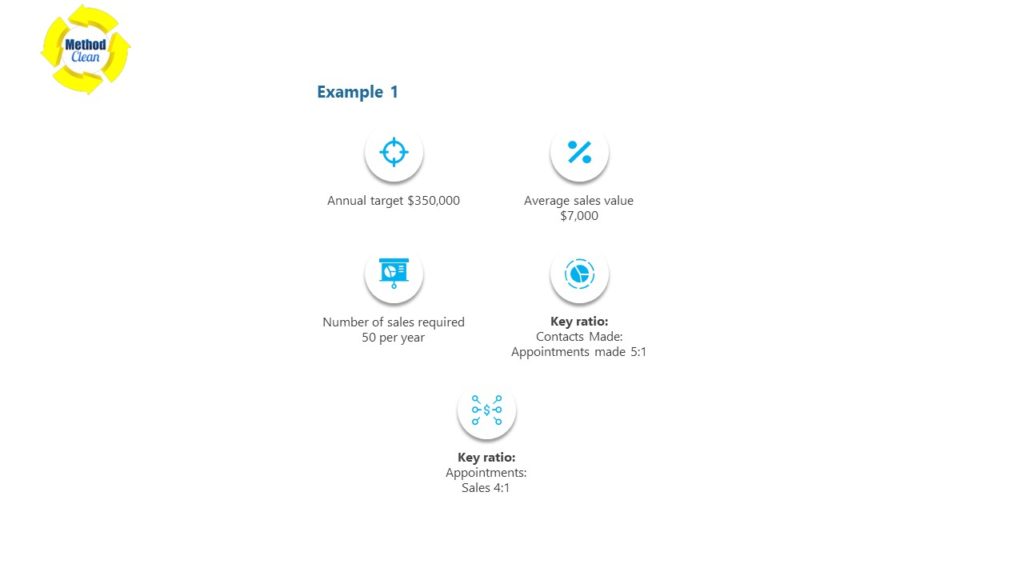
Using a Simple 6-Step Sales Plan
Creating a dedicated sales plan can provide structure and guidance for your daily, monthly, and yearly sales activities. It’s important to view your sales plan as a living document that evolves over time as you learn and adapt. Here’s a six-step process to help you create an effective sales plan:
- Set clear sales goals and targets.
- Identify your target market and ideal customer profile.
- Develop a prospecting strategy to generate leads.
- Implement effective communication and follow-up methods.
- Plan and execute compelling sales presentations.
- Continuously evaluate and refine your sales plan based on feedback and results.
To optimize your sales efforts, it’s crucial to prioritize tasks and manage your time effectively. Many cleaning services fall into the “activity trap” by focusing on how hard they work rather than working smart and achieving desired results.
Identify the main tasks you need to carry out during your working week and prioritize them. It’s common to gravitate towards activities you enjoy and avoid tasks you dislike or find challenging. However, addressing these avoided tasks, such as planning, administration, asking for referrals, cold calling, and targeted emailing, can significantly improve your effectiveness.
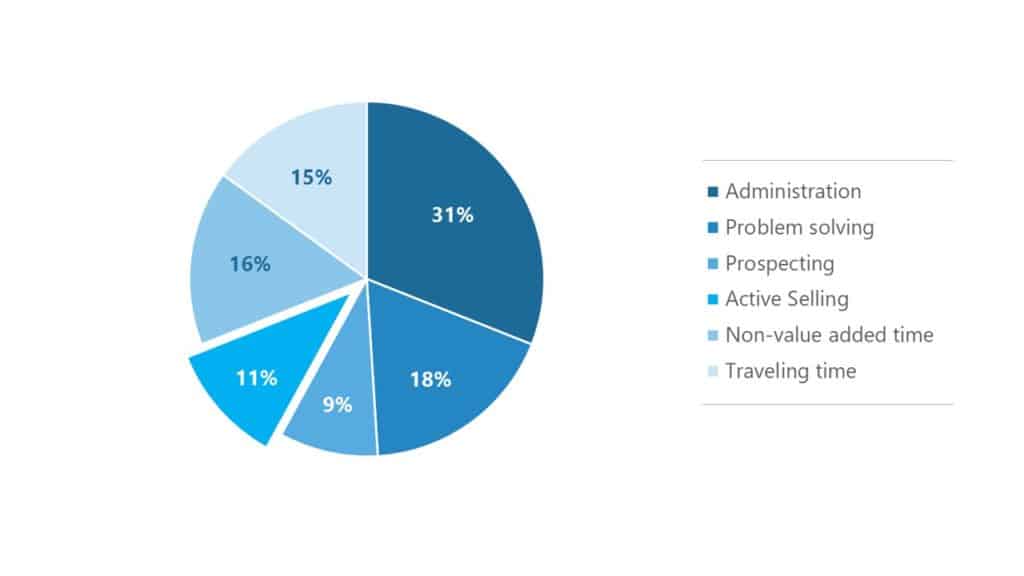
Why Do Managers Buy Cleaning Services?
Understanding why managers buy cleaning services is key to tailoring your sales approach. People buy for their own reasons, and those reasons are often emotional rather than purely logical. Here are some common emotional factors that influence buying decisions:
- Ego: Buyers consider how a purchase will reflect on their image or status.
- Fear: Buyers want to mitigate risks and ensure their decision will not lead to negative consequences.
- Guilt: Buyers may feel obligated to address certain needs or problems, and your services can alleviate their guilt.
By identifying the emotional factors driving your customers’ buying decisions, you can tailor your sales approach and make it easier for them to commit to a purchase.
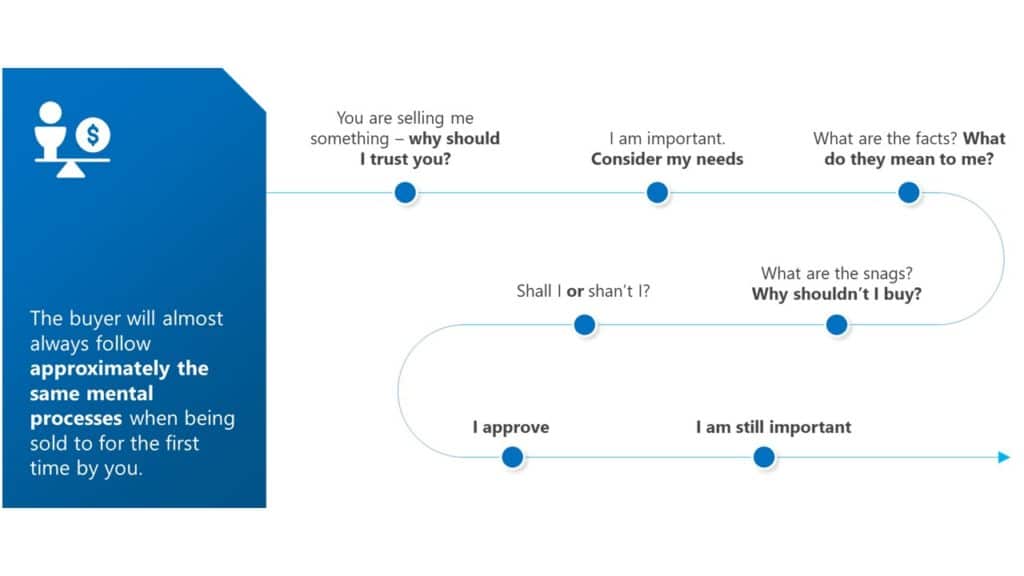
Be More Subtle
High-pressure sales techniques are often met with resistance and can negatively impact customer relationships. Most people have experienced high-pressure selling and find it unpleasant and unappealing. Instead, adopt a professional, low-pressure approach that focuses on building rapport and understanding customer needs.
Recognize that buyers often make decisions based on emotions rather than pure logic. Your role as a salesperson is to uncover customers’ problems and feelings before attempting to sell your products or services. By empathizing and addressing their concerns, you create a more comfortable and conducive environment for successful sales.
Optimizing Your Cold Calling Tactics: Achieve Your Targets
Closing the sale is a crucial step in the sales process. Timing and techniques play significant roles in successful closing. The following strategies can help you close more leads effectively:
The Key Word Here is Because
When presenting solutions that meet customer needs, emphasize the benefits using the word “because.” By highlighting the reasons why your service is the right choice, you shift the focus to how it can address specific problems or fulfill particular needs. Here are some examples:
- “Because we are a certified XYZ member, we can…”
- “Because our employees have an average of 10 years of experience, this…”
- “Because our company has a large infrastructure and established business systems, we can provide extensive training and supervision.”
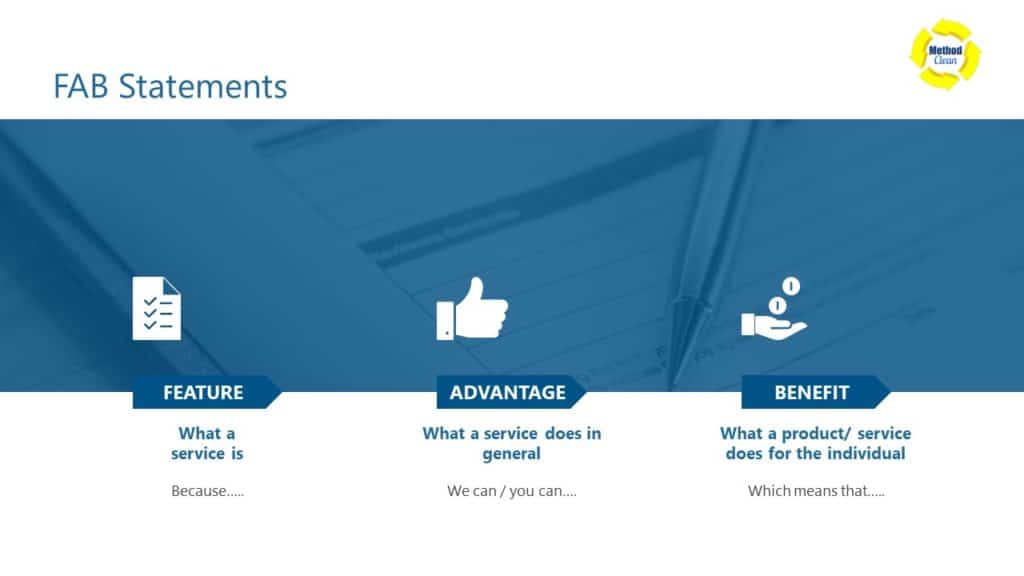
Features, Advantages, and Benefits to Using Your Cleaning Service
When promoting your cleaning service, it’s essential to move beyond simply listing features. Instead, focus on the advantages and benefits your service offers. Take customers on a journey that demonstrates how your service can meet their needs and provide valuable solutions. Here’s an example progression:
Feature: Our company is a market leader. Advantage: Being a market leader means we have extensive experience and a proven track record. Benefit: You can trust us to deliver exceptional service and achieve outstanding results.

How Cleaning Services Can Overcome Objections
Objections are a natural part of the sales process, and understanding how to handle them effectively is crucial. When faced with objections, avoid contradicting customers directly. Instead, follow this simple process:
- Listen to the objection.
- Clarify the objection to ensure you understand it correctly.
- Address the objection by providing relevant information or solutions.
- Advance the sale by asking for commitment or exploring alternative options.
Remember that objections may arise due to misunderstandings, pressure, or the need to justify decisions. Responding empathetically and addressing concerns will increase your chances of successfully overcoming objections.
Closing The Sale
Closing the sale is not a skill that exists in isolation; it is part of a comprehensive sales process. The key is to recognize that closing is about timing rather than specific techniques. Your sales process typically involves opening the conversation, asking questions to identify needs, presenting solutions, handling objections, and finally, closing the sale by gaining the buyer’s agreement.
Confidence is crucial when asking for commitment. Many salespeople worry about rejection, while buyers fear making a wrong decision. However, it is your responsibility as a salesperson to confidently ask for commitment at the right time, even if it involves some risk.

Old School Closing Techniques Still Work
While there are various closing techniques, the following old school methods can still be effective:
- The Assumptive Close: Assume the service is being scheduled and use words like “will” and “when” to remove decision-making responsibility from the buyer.
- The Alternative Close: Present the buyer with two options, both of which you have chosen, allowing them to choose between them.
- The Pressure Close: Use special offers, inducements, or penalties to create a sense of urgency and pressure.
- The Puppy Dog Close: Allow the prospect to experience your service for a specific period, hoping they will become attached and reluctant to return it.
- The Balance Sheet Method: List the points in favor of your cleaning service and compare them to alternatives. This approach helps buyers see the strengths of your service and influences their final decision.
Remember, the art of closing lies in finding the right timing and confidently asking for commitment.


